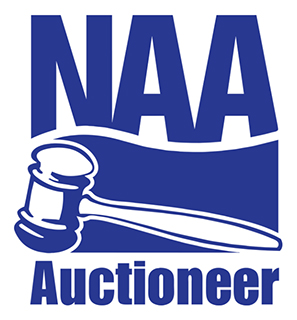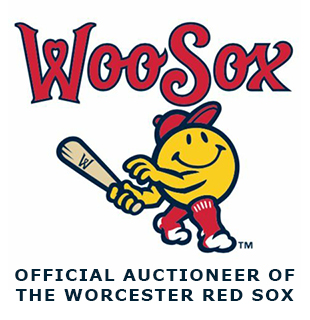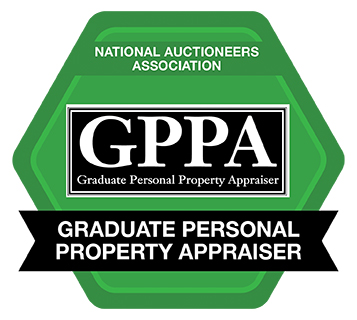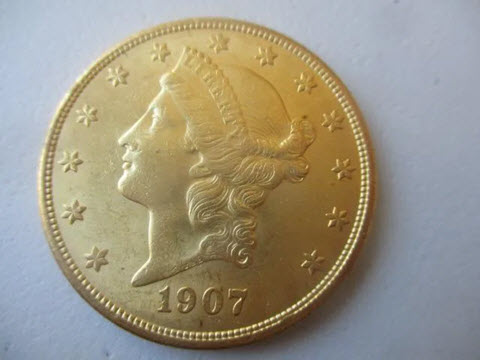
1907 Liberty Head 20 Dollar Coin – sold for $1,800 at our December 2021 auction from a Lexington estate

1911 St Gaudens $20 gold coin
Experienced coin collectors know an auction is one of the best ways to get top dollar for rare coins. Still, you don’t need to be an avid numismatist to make the most out of your coin collection.
Gold coins hold two types of value: (1) the base melt value of the gold, determined by the spot price of gold on any given day, and (2) the numismatic value, or collector’s value.
How well can you sell gold coins in an online auction?
Very well. As with so much else these days, many of our coin auctions are held online. A recent example was our highly successful October 2020 online auction of coins from an Orange, MA estate. Many of the coins we sold were gold pieces.
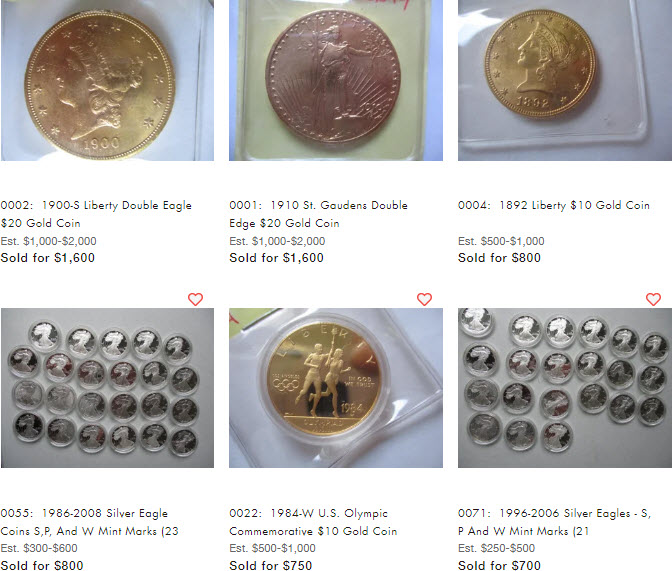
What determines the value of a gold coin?
The worth of any coin (including gold pieces) depends on:
- The popularity of the coin. Collector favorites will perform better.
- The condition of the coin. A coin in mint condition will fetch more at auction than will a damaged coin.
- The date of the coin. Older coins don’t always outperform newer pieces. The worth of a coin depends more on be how rare or common it is to find coin minted in that year
- The mint mark. The mint mark tells you where the coin was produced. For example, a “P” mint mark tells you the coin came out of the Philadelphia mint. Some mint marks are rarer than others, which influences a coin’s value.
- Whether the coin represents any mint errors or has other rare characteristics.
We evaluate each coin for you. By the time we’re done with our appraisal you’ll have a good idea of the coin’s value. Keep in mind that we can only provide a “ballpark.” The coin may sell at auction for less or for more, depending on who attends the auction and on what they’re hoping to add to their collections.
Do I need to get my gold coin graded before auctioning it?
Coin grading is a useful way to communicate the value of a coin to potential buyers. The highest grade, MS 70, usually brings in the highest prices. Some rarer coins do well even at lower grades.
Grading is a service, and you do have to pay for it. We can assess your gold coin before you pay to get it graded. We can tell you whether grading is a good use of time and money. Sometimes it won’t be worthwhile, because the coin has obvious defects, ensuring the grade won’t be high enough to bring in much at auction. Sometimes a coin in incredible condition will be so obvious that grading won’t necessarily give you a better return on investment than allowing savvy collectors to bid on the coin and grade it themselves upon winning.
Our assessment will save you time and money.
What are some examples of rare dates and mint marks in gold coins?
Here are a few rare gold coins that have performed very well recently at big-ticket auctions (as in each sold at auction for over $1,000,000):
- The 1933 Proof Capped Bust $5 Gold Half Eagle, large date variety, MS-67 grade.
- 1829 Proof Capped Bust $5 Gold Half Eagle, MS-64 condition.
- 1856-O Liberty Head Gold Double Eagle, MS-63 condition.
- 1921 Roman Proof Saint-Gaudens $20 Gold Double Eagle, MS-63.
- 1839/8 Proof Liberty Head Gold Eagle with large letters, MS-67.
If you’re curious as to what your specific gold coin(s) might sell for in various conditions, check out the PCGS online price guide. That will give you a rough idea of what to expect.
How can I sell my gold coin at auction for the highest amount?
When handling a gold coin, take the following steps to avoid damaging and devaluing them:
- Wash your hands prior to handling your gold coin, or wear lint-free cotton gloves before touching them.
- Hold coins by their edges, and not by their faces.
- Never clean coins. You can devalue them by as much as 50%. Most cleaners remove surface metal. A dirty, undamaged coin will perform better than a damaged clean one.
- Be sure to store your coins properly and handle them only when absolutely necessary.


